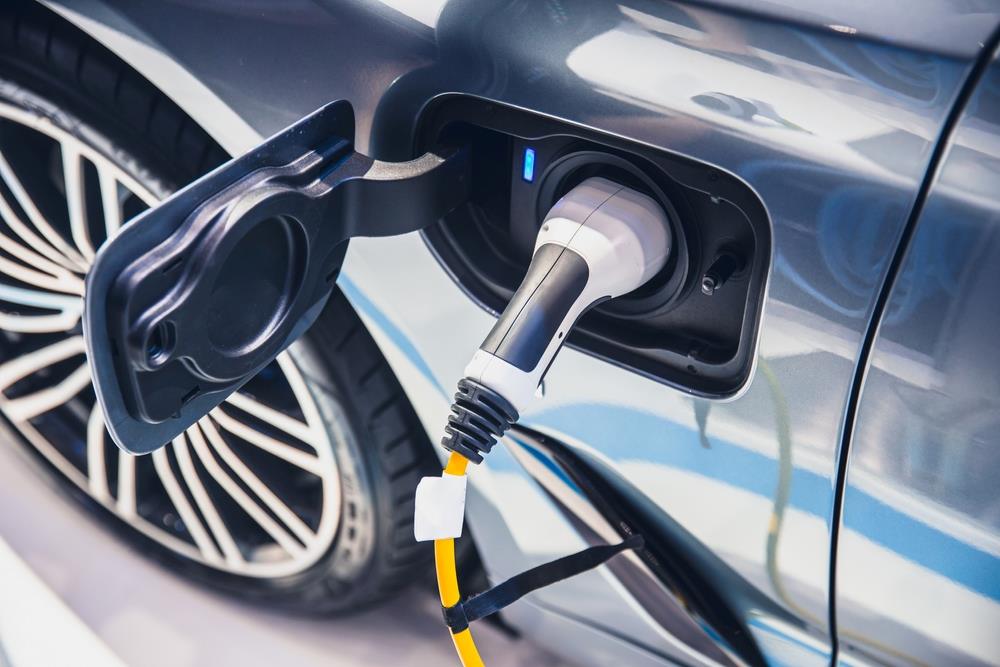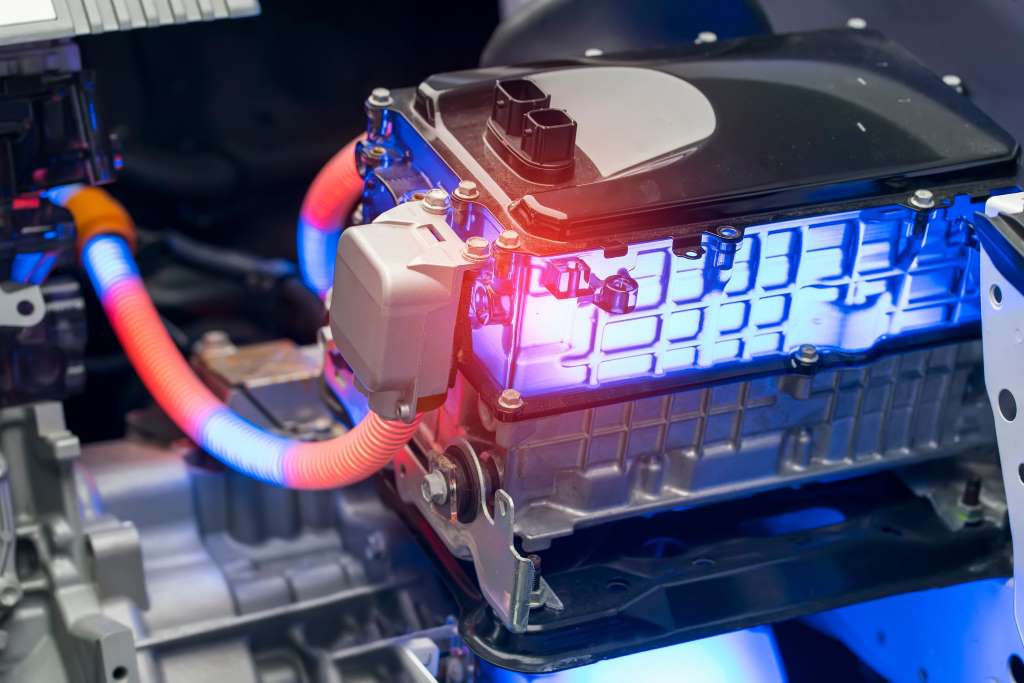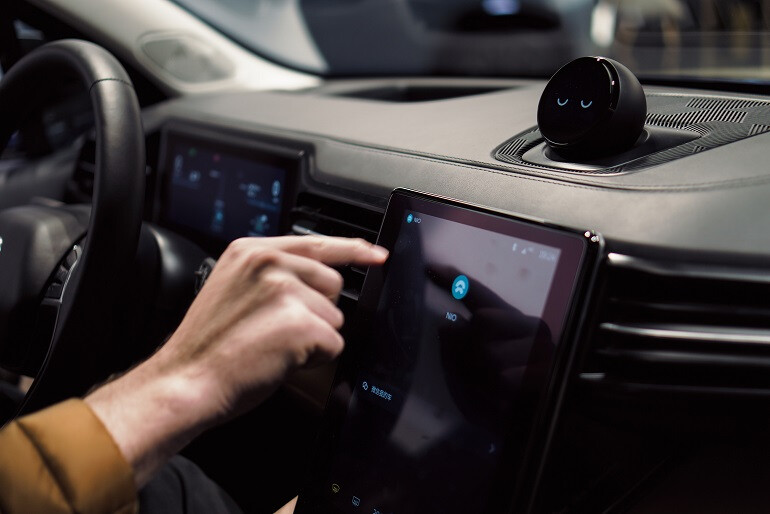Do Electric Cars Need Maintenance?
As the automotive industry shifts towards electric vehicles – EVs, many potential buyers and current owners wonder about the maintenance needs of these futuristic cars.
Do electric cars need maintenance? The simple answer is yes, electric cars do require maintenance, but the nature and frequency of this maintenance differ significantly from traditional gasoline-powered vehicles.
Do Electric Cars Need Maintenance? – Vehicle Maintenance Needs
There are typically 2 types of Electric Cars, PHEV and HEV. Plug-in Hybrid Electric Vehicles (PHEVs) and Hybrid Electric Vehicles (HEVs) share similar maintenance and safety requirements with conventional vehicles.
However, Electric Vehicles (EVs) stand out for their lower maintenance demands. Vehicle manufacturers are increasingly mindful of these aspects, developing designs and maintenance guides that prioritize ease of care and safety.
Maintenance Aspects of PHEVs and HEVs
PHEVs and HEVs incorporate internal combustion engines, aligning their maintenance needs closely with those of traditional gasoline-powered vehicles.
But their electrical components, including the battery, motor, and electronics, generally demand minimal routine maintenance.
Additionally, thanks to regenerative braking, the brake systems in these vehicles tend to have a longer lifespan compared to those in conventional vehicles.

Reduced Maintenance in All-Electric Vehicles
The EVs typically present fewer maintenance requirements than their conventional counterparts for several reasons:
- The battery, motor, and associated electronics in EVs rarely require regular maintenance.
- EVs have fewer fluids, like engine oil, that necessitate routine oil changes.
- Regenerative braking systems in EVs significantly reduce brake wear.
- The overall count of moving parts in EVs is considerably lower compared to conventional internal combustion engines, reducing potential points of failure and wear.
In summary, while PHEVs and HEVs align more closely with conventional vehicles in terms of maintenance, EVs offer a simpler, often more cost-efficient approach to vehicle upkeep.
This distinction in maintenance requirements is a key factor to consider for potential buyers and current owners of these modern automotive technologies.
Maintenance and Safety for Electric Cars
Battery Care
The battery pack is indeed the lifeblood of an electric vehicle. Ensuring its longevity involves several key practices:
Continuously charging the battery to its full capacity or letting it drain completely can accelerate battery degradation. Instead, maintaining the charge between approximately 20% and 80% can significantly enhance the battery’s lifespan. Using a smart charger that stops charging once it reaches a set level can be beneficial.
Extreme temperatures, both hot and cold, can negatively impact battery health. In hot conditions, batteries can overheat, leading to accelerated degradation. In cold conditions, batteries can lose efficiency and require more frequent charging. Using temperature management systems, such as thermal management in the car or parking in temperature-controlled environments, can help mitigate these effects.
Battery Management System (BMS) Updates
The BMS oversees the battery’s state, balancing and protecting it against overcharging or excessive discharge.
Regular checks and updates to the BMS can ensure it functions optimally, potentially extending the battery’s life and maintaining its efficiency.

Brake Wear and Regenerative Braking
Regenerative braking is a hallmark of EVs, offering both efficiency and reduced wear on traditional brake components:
Energy recapture
In regenerative braking, when the driver applies the brakes, the electric motor runs in reverse, slowing down the vehicle.
This process converts the kinetic energy usually lost in braking into electrical energy, which is then stored in the battery. This method not only conserves energy but also reduces the wear on brake pads and rotors.
Reduced mechanical wear
Because the motor assists in the braking process, the traditional brake system experiences less stress and wear. This can lead to longer intervals between brake maintenance and replacements, reducing long-term maintenance costs.
Regular brake system maintenance
Despite the reduced wear, regular inspections of the brake system are still crucial. This includes checking brake pads, rotors, and fluid. Even with regenerative braking, these components can still suffer from wear and tear or potential deterioration due to environmental factors.
Tire Maintenance
Tire maintenance in electric vehicles (EVs) shares similarities with that of traditional cars but also presents unique challenges due to the specific characteristics of EVs:
Instant torque impact
Electric motors deliver instant torque, which can lead to quicker tire wear, especially on the drive tires. This rapid acceleration characteristic of EVs demands a more frequent check on tire tread wear patterns.
Additional weight
EVs typically have heavier battery packs, adding significant weight to the vehicle. This additional weight can cause increased tire wear, particularly on the tire edges, necessitating more regular monitoring and potential adjustment of tire pressure.
Regular inspections and rotations
To counter these effects, it is important for EV owners to conduct regular tire inspections and rotations. This practice helps ensure even tire wear and extends the lifespan of the tires.
Proper inflation
Maintaining the correct tire pressure is crucial not only for safety but also for maximizing the driving range of the EV. Under-inflated or over-inflated tires can adversely affect the vehicle’s handling, range, and overall tire longevity.

Cooling Systems
Cooling systems in electric vehicles play a vital role in maintaining performance and longevity:
Battery and motor temperature regulation
The cooling system in an EV is primarily tasked with keeping the battery pack and electric motor within their optimal temperature ranges. This is crucial because extreme temperatures can negatively impact battery performance and lifespan.
Simpler but essential
While the cooling systems in EVs might be less complex than those in Internal Combustion Engine (ICE) vehicles, they are still essential for vehicle operation. Regular maintenance checks are necessary to ensure these systems are free from leaks and functioning correctly.
Coolant level checks
Part of regular maintenance includes checking coolant levels and ensuring the cooling system is free from blockages or malfunctions, similar to traditional vehicle maintenance.
Software Updates
Many modern EVs are equipped with the capability to receive over-the-air software updates. These updates can enhance various aspects of the vehicle, including performance, range, and even rectifying minor software glitches.
Unlike traditional vehicles, where improvements are largely mechanical, EVs can benefit from continual software enhancements, making the vehicle better over time.
Keeping the car’s software up-to-date is crucial for maintaining optimal performance, accessing new features, and ensuring the best possible range and efficiency. Owners are usually notified of available updates via the vehicle’s interface or through a connected mobile app.

Conclusion
So do electric cars need maintenance? The answer is always yes. While they do, the nature, frequency, and cost of this maintenance differ significantly from that of traditional gasoline-powered vehicles.
Electric vehicles benefit from having fewer moving parts, which reduces the likelihood of mechanical failures and the need for replacements. Key areas of focus for electric car maintenance include battery care, tire maintenance, and software updates.














